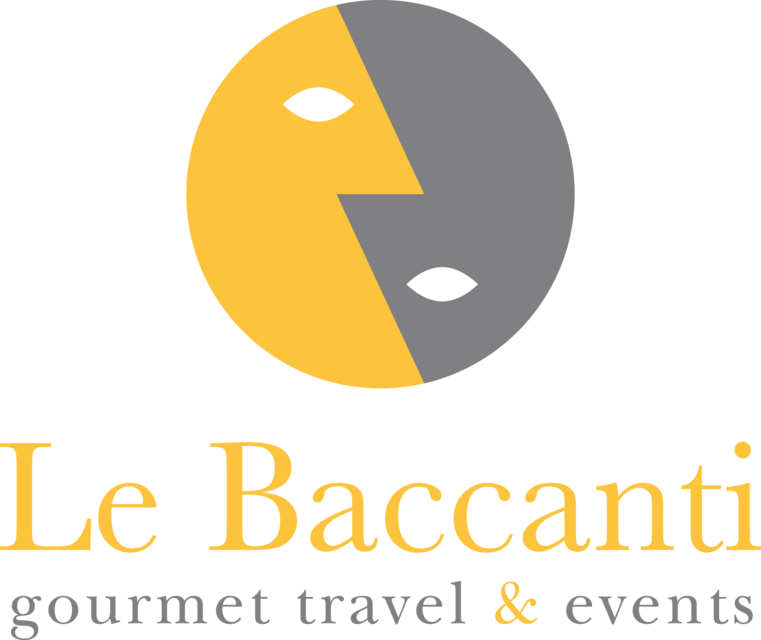Antinori purchased the vineyards around Badia in 1987. The abbey was once the home of the founder of the Vallombrosano order, and is still owned by the monks, although Antinori have the use of the beautiful cellars. Information regarding the year of the Badia's foundation is unclear: in his biography of San Zanobi, Pietro Aretino claims that the Archbishop founded the monastery of Passignano in 395, although the monastery archives only go back to the year 891. In 1049 Badia passed into the Vallombrosano order, a reformed branch of the Benedictines specialising in winegrowing and forestry and established by San Giovanni Gualberto (whose remains were kept in the abbey after his death in 1073). Since then the shepherd's staff euro the order's symbol euro has been present throughout the abbey. Over time the order became so powerful that it owned a quarter of Tuscany: between 1196 and 1255 the abbey was attacked, burned and razed to the ground by the Florentines. In 1266 reconstruction began under Ruggero Buonedelmonti and further additions were made in the 15th century when Ghirlandaio decorated the monks' refectory with one of his three depictions of the Last Supper. After the Council of Trent in 1545, the abbey became an important theological, literary and scientific study centre. About 100 monks lived there with 6,000 documents, many written in Hebrew and Greek; the monastery chronicles report that Galileo Galilei taught mathematics here from 1587-1588. The monastery and the order are especially well-known for their huge libraries of Medieval classical and musical texts; for promoting scientific research and for cultivating large areas of land, especially with vines and reforestation. Unfortunately the monastic life was suspended and many monastery treasures were lost in 1810 under Napoleon. The Vallombrosani monks returned to the abbey in 1818 but only until 1866 when euro following Reunification of Italy euro the government dispossessed the monastery, which at that time owned 1,264 hectares and 39 farms. Over the centuries the monastery underwent numerous restorations which sometimes changed its appearance, notably the 17th century baroque roof and a fortified tower in the 19th century.THE ESTATEThe 215-hectare Badia a Passignano estate is near Sambuca Val di Pesa, 3km south of Tenuta Tignanello. The limestone-based land is situated at an altitude of 250-300m a.s.l. in one of the most beautiful and productive areas of Chianti Classico. Hundreds of books describing the Sangiovese vineyards and local crops, now kept in the Florence State Archive, demonstrate the importance of this estate in the history of Chianti. Further proof of this came to light in 1983 with the discovery of a thousand-year-old vitis vinifera plant on the lands around Badia a Passignano.VINEYARDS50 hectares of vineyards are currently planted with Sangiovese (using selections of the best Sangiovese clones taken from very old vineyards at Tignanello) at a density of 5,000-7,000 plants per hectare using the spurred cordon system; a smaller part of the estate is planted with Cabernet Sauvignon and Syrah. Badia a Passignano also has 19 hectares of olive groves (Frantoio, Leccino and Moraiolo varieties).WINESThe estate makes Badia a Passignano 'Riserva' Chianti Classico.




